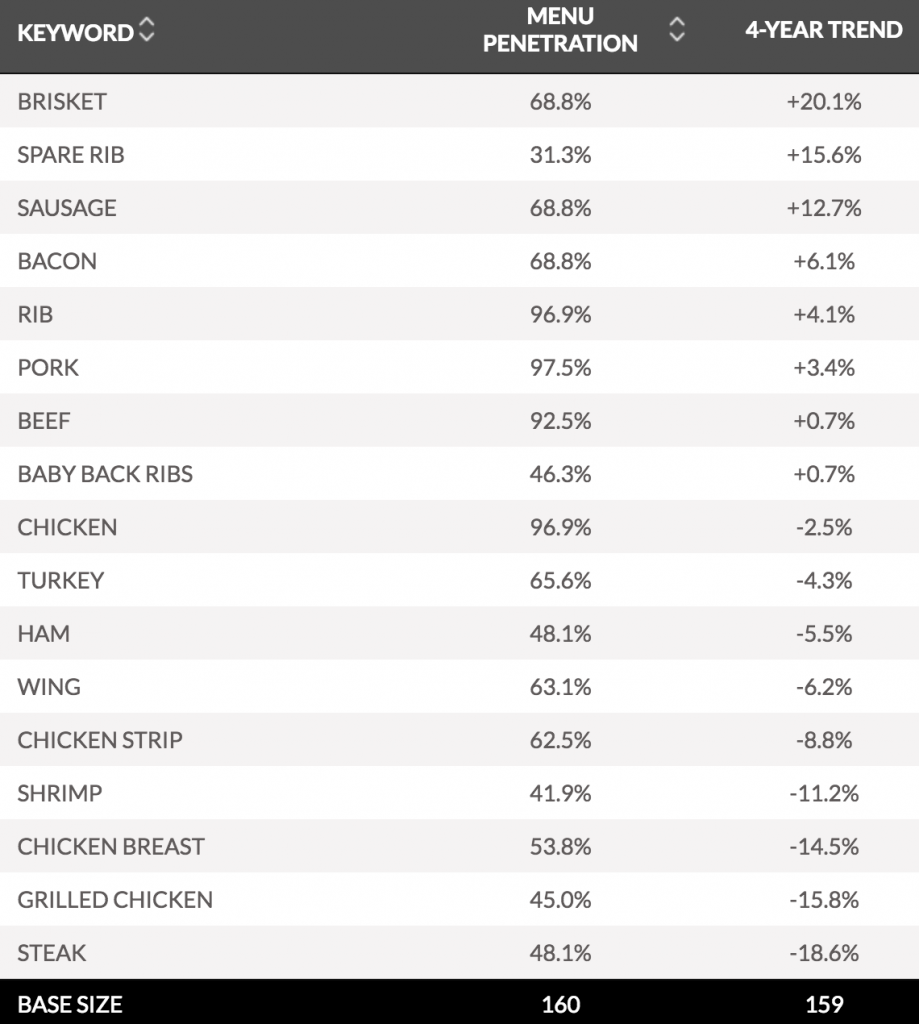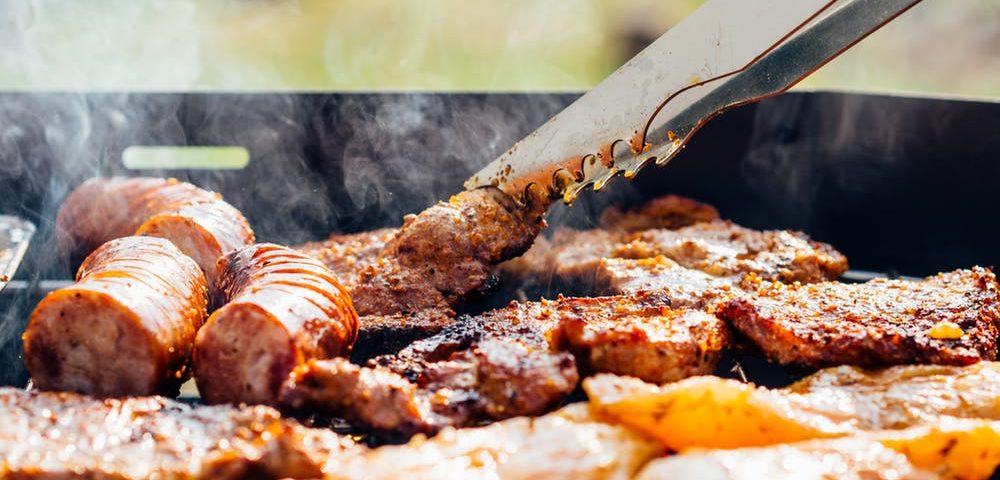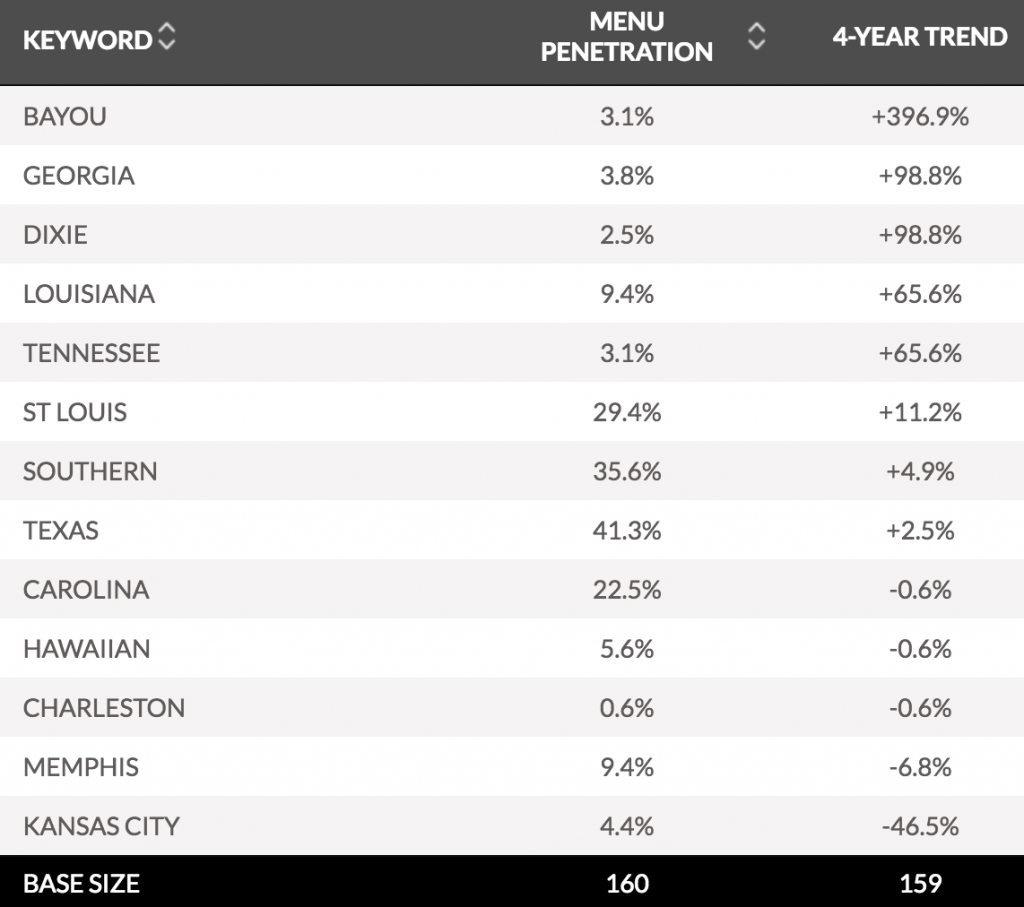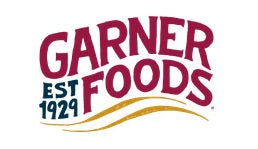
Best Bets for Appetizer Success
March 17, 2017Insights into the real winners on today’s menus
It is one of America’s truly homegrown menu items. Yet, BBQ has been the graveyard for many restaurant brands that have tried to offer all flavors and styles for all people. The truth is, BBQ is a cuisine best left to regional or independent chains that can claim at least one flavor or style as their own.
The Texas Pete® brand’s origin was a BBQ restaurant called the Dixie Pig in Winston-Salem, N.C. That’s when four brothers decided that selling their famous BBQ sauce to local markets and restaurants could build a brand someday.
It’s About Regionalizing BBQ Flavor
Overall, BBQ menu mentions are down over the past four years by a little more than 2%*. Overall, BBQ can be found on about 60% of all commercial menus in the U.S., with the highest penetration among midscale casual restaurants at just under 63%. There are some real winners among operators, especially when it comes to regional BBQ styles and flavors.
There are Regions Within Regions
North Carolina is best known for Lexington-style BBQ, where pork shoulder is slow-smoked, then pulled apart and doused in a vinegar- and ketchup-based sauce. North Carolina’s “Eastern-style” BBQ involves the entire pig being smoked, and the meat and skin being chopped together and combined with a vinegar and pepper sauce such as Texas Pete®.
Making your own vinegar sauce is easy with Texas Pete®. Just blend white vinegar and apple cider vinegar with some brown sugar, a small amount of cayenne pepper, Texas Pete® Hot Sauce, salt, and pepper.
Texas is likewise divided. Central Texas-style BBQ involves beef dishes, including sausages that are cooked using an open pit. Typically no sauce is used; instead, the flavor relies upon the smoke from the pit for flavor, along with a salt-and-pepper rub.
Southeast Texas-style BBQ includes pork, such as spare ribs, pork bones (neck), and boudin sausage. This style of BBQ uses a sweet, tomato-based sauce.
So because almost every American can easily recite his or her favorite style of BBQ, type of sauce, protein, and even side dishes that make the perfect meal, national BBQ chains sometimes struggle in delivering authenticity to at least a half dozen of the most popular styles.
That’s why independents and smaller regional chains enjoy greater success in offering up just one or two styles along with a variety of sauces. If you are looking for the fastest growing regional styles, we have the data for you.
Big Growth for Bayou-Style BBQ
Bayou-style BBQ has grown in the number of menu mentions by 397% in just the past four years, yet menu penetration remains low at only 3%. Bayou-style BBQ is driven by the “cochon de lait” technique of roasting a suckling pig and a sauce that includes chopped onions and bell pepper.
Dixie-style and Georgia-style BBQ have also grown significantly in menu mentions, each up nearly 100% in the past four years, followed by Tennessee-style and Louisiana-style BBQ mentions, both of which are up nearly 66% during the same period.
Meanwhile, Kansas City-style BBQ menu mentions are down by 47% and Memphis-style BBQ is down 7% in four years.
Brisket is Boss in Proteins
The clear winner in the race of protein menu mentions involving BBQ is brisket, up 20% in the past four years, followed by spare ribs, sausage, and bacon. Steak (down nearly 19%), chicken breast, and grilled chicken were the biggest losers among proteins.
 *Datassentials, 2017
*Datassentials, 2017



